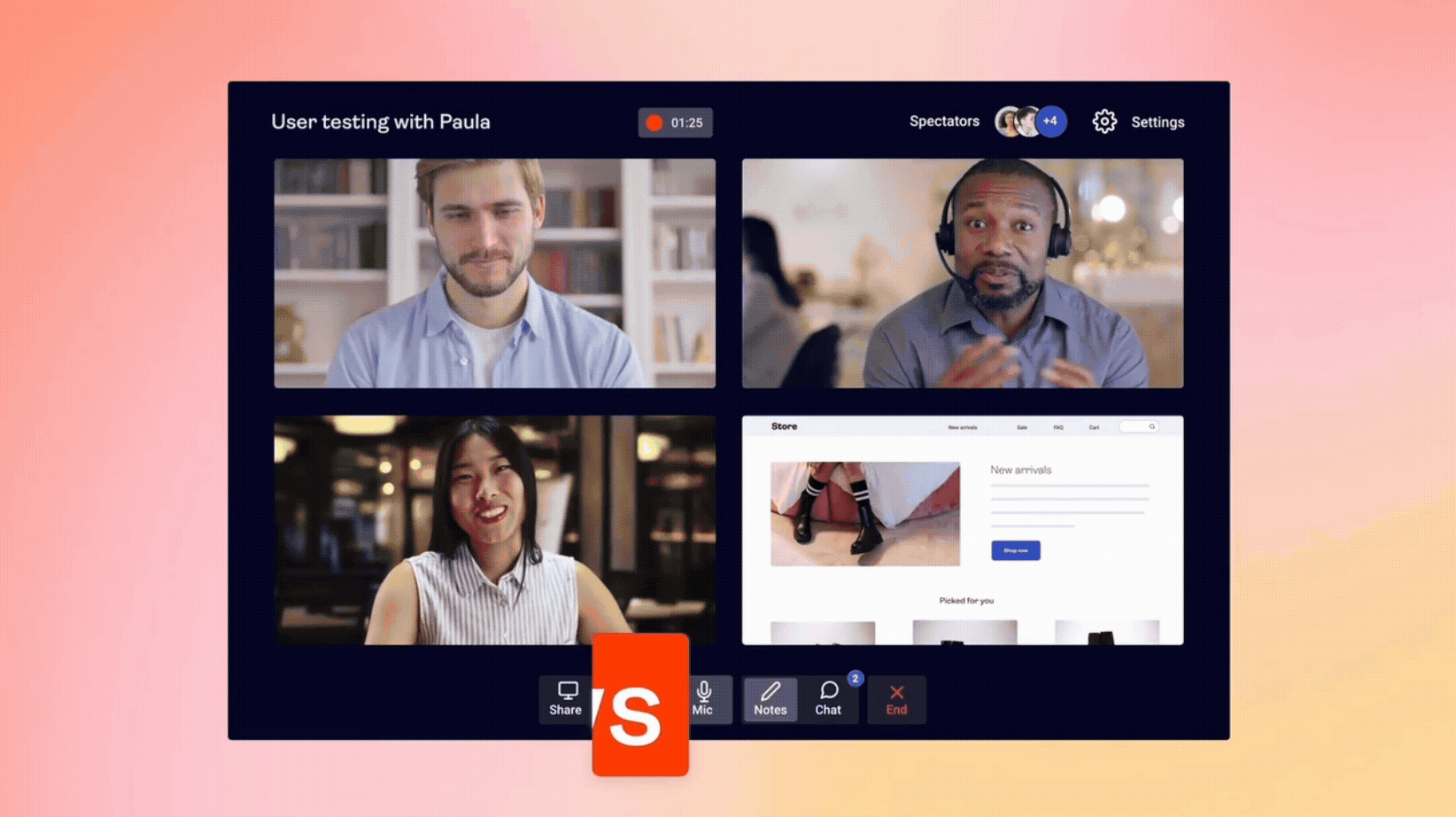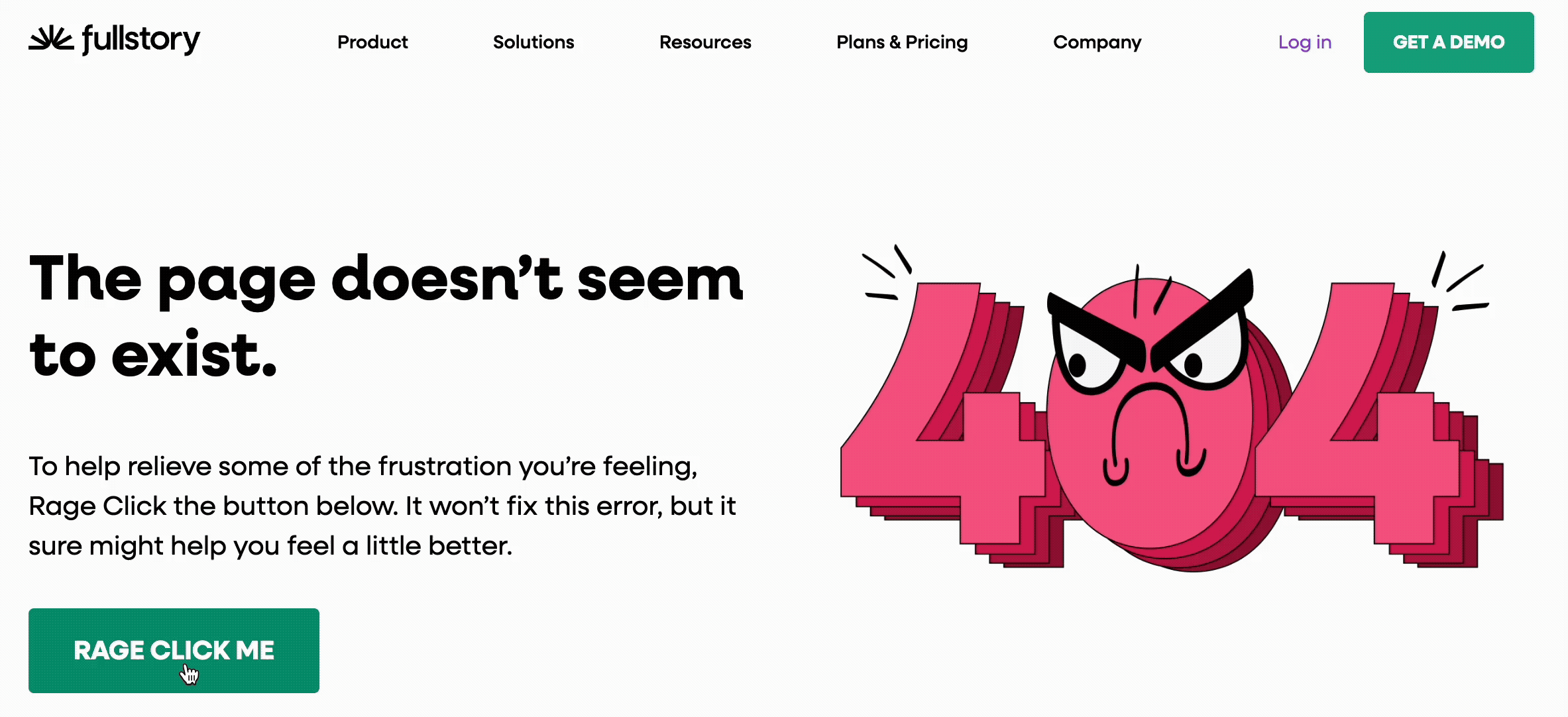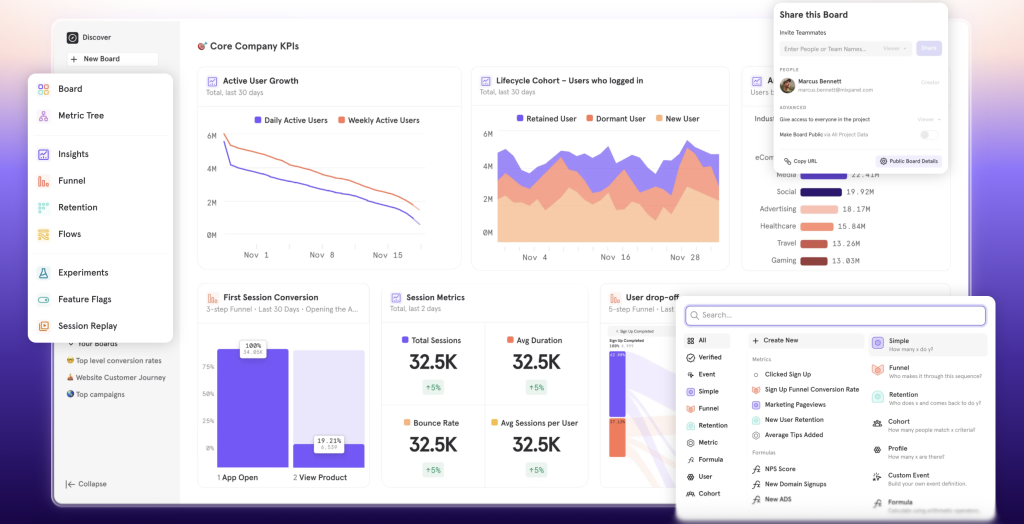Beyond Automation: How AI Is Quietly Redefining UX Design and Research
While debates about AI replacing designers continue to flood social feeds, something more meaningful is taking place in the background.
AI isn’t taking over UX—it’s transforming how design decisions are understood, tested, and scaled. In today’s creative process, algorithms are being used not to remove the human touch, but to amplify it.
1. The New Foundation: Data-Driven Empathy
Empathy, once built through interviews and field studies, is now being reinforced by AI-driven insights.
Platforms like Hotjar, FullStory, and Mixpanel use machine learning to analyze thousands of user interactions per minute—identifying pain points that may never be voiced directly by users.
Hotjar, for instance, uses heatmaps and AI-based pattern detection to identify where users hesitate, scroll excessively, or abandon forms—turning raw clicks into meaningful behavior maps.

Source: hotjar.com
FullStory takes this further by automatically flagging “rage clicks” or repetitive errors that indicate frustration, helping UX teams prioritize what needs attention most.

Source: fullstory.com/product/digital-experience-intelligence/
And with Mixpanel, complex user journeys can be segmented using machine learning to detect drop-off points or conversion bottlenecks that would otherwise go unnoticed.

Source: mixpanel.com
For instance, Booking.com uses AI to segment users by behavior, allowing UX researchers to understand frustration triggers such as booking errors or hesitation during checkout. What once took weeks of manual data sorting is now uncovered instantly.
Through AI, empathy is being informed—not replaced—by data.

2. Ideation Reimagined: Co-Creating with AI
The creative phase has been reshaped by intelligent tools that assist in rapid ideation.
Figma’s AI design assistant can generate multiple interface variations from a simple description, while Uizard transforms text prompts into wireframes.
When designers at Airbnb began using generative AI for layout exploration, dozens of visual concepts were produced in a fraction of the time—freeing human designers to focus on storytelling and emotion.
The process has been accelerated, but the essence of creativity remains human.
3. From Testing to Predicting: The Rise of Anticipatory UX
Testing used to be reactive; issues were discovered only after launch.
AI, however, is ushering in an era of anticipatory UX—where behavior is predicted before errors occur.
Netflix employs AI-driven testing to optimize every interface variation in real time. When a user pauses or abandons a title, that micro-behavior is analyzed to improve content placement and thumbnail design. Similarly, Google Maps uses predictive algorithms to improve its UI based on how users interact during different travel conditions—anticipating confusion before it happens.
Instead of reacting to usability issues, brands are now designing ahead of them.
4. Ethics and Transparency: The Designer’s New Responsibility
As AI becomes part of design workflows, ethical considerations are becoming critical.
Bias in datasets can silently shape UX decisions. A clear example can be seen in voice assistants—early models trained primarily on American accents led to accessibility gaps for global users.
To mitigate such issues, inclusive datasets and transparent algorithms are being prioritized. The designer’s role has evolved—not just to craft experiences, but to question the intelligence behind them.
AI is not designing for us—it’s designing with us.
The next evolution of UX will depend on how thoughtfully humans guide their intelligent tools.
When used wisely, AI amplifies what designers do best: understand people, simplify complexity, and build experiences that feel naturally human.
